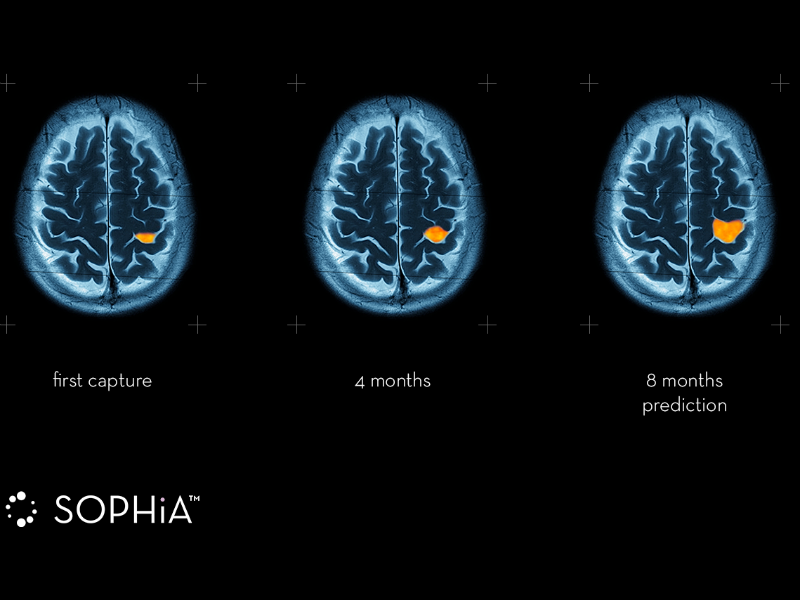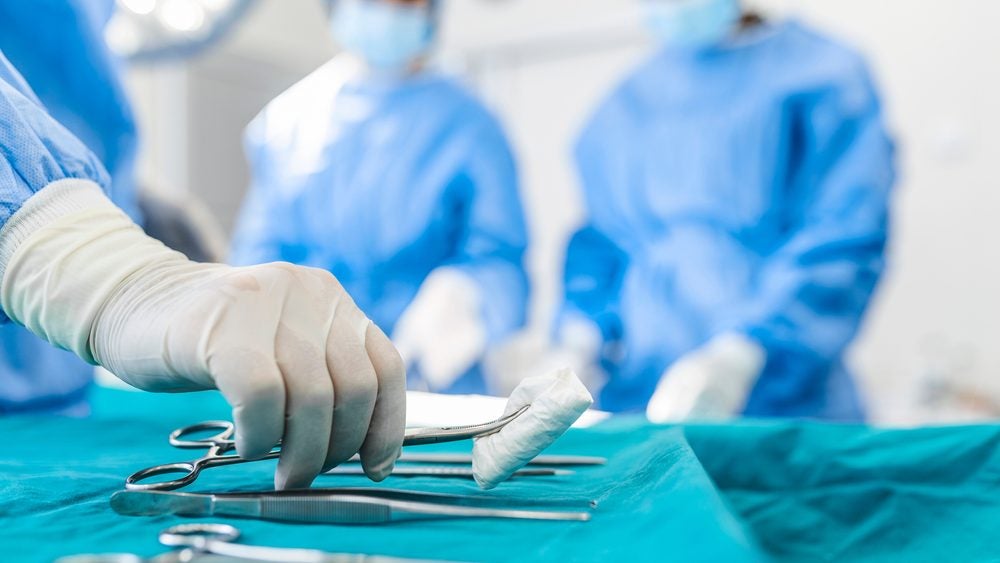
Health technology company SOPHiA GENETICS has announced that its artificial intelligence (AI) technology now has radiomic capabilities which, combined with its existing genomics knowledge, will enhance patient care and help to fight cancer. This is the first time that radiomics has been merged with genomics. The company announced this watershed moment in the field of data-driven medicine at the Precision Medicine World Conference in Silicon Valley.
Dr Jurgi Camblong, CEO and cofounder of the company, said: “This ground-breaking development comes at a pivotal moment and is aligned to the company’s vision to help oncology enter the era of real-time epidemiology. An era where we will be able to cluster patients’ cancer cases in virtual cohorts and predict that the cancer of a patient looks like the one of 10,000 other patients and that the most effective treatment has proven to be X or Y. This era requires real-world evidence data and a large network.
“Already used and trusted by over 400 teaching hospitals, SOPHiA has the capability of being at the core of a collective intelligence that will help diagnose and treat patients precisely and equally around the world.”
Radiomics is the field of medical study that extracts large amounts of measurements from medical images using data-characterisation algorithms. Clinicians analyse a genomic profile of a patient every five minutes using SOPHiA’s AI and the additional capability of radiomics will aid them further in oncology, cardiology and neurology.
With regards to oncology, SOPHiA’s new capabilities can be used during the whole patient care path and will have an immediate impact in the context of virtual tumour boards. SOPHiA’s update will aim to make the process of assessment, diagnosis, therapy and monitoring more seamless by helping specialists make complex decisions. It will also help to better access disease progression and treatment efficiency.
The radiomics integrated into the AI are based on mechanistic and mathematical modelling, which helps to predict the size, volume and location of a tumour. Two or more consecutive standard-of-care medical images, such as those from x-rays or MRIs, can be analysed to compare their quantitative features.
How well do you really know your competitors?
Access the most comprehensive Company Profiles on the market, powered by GlobalData. Save hours of research. Gain competitive edge.

Thank you!
Your download email will arrive shortly
Not ready to buy yet? Download a free sample
We are confident about the unique quality of our Company Profiles. However, we want you to make the most beneficial decision for your business, so we offer a free sample that you can download by submitting the below form
By GlobalDataSOPHiA already has clinical proof of its concept, having applied it to hundreds of patients for cases of cancer in the lungs, kidney, and brain. The company hopes to be able to apply the technology to any solid tumour soon.







